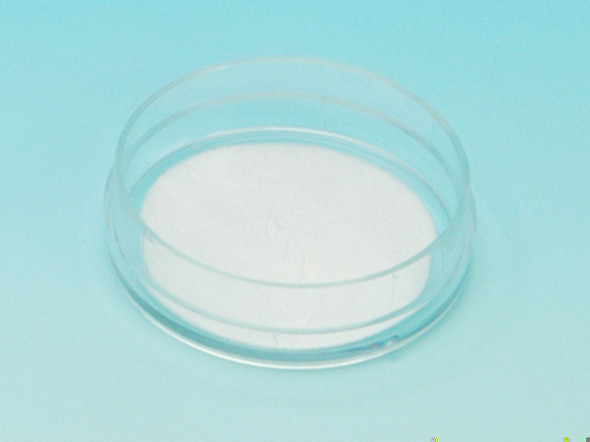Description
Carbon Nanotube Coated Dish
CNT coated dishes are polystryrene dishes with cell culture vessels with wet-coated CNTs.
To the naked eye, the CNTs are effectively transparent. However, when viewed through an electron microscope, CNTs combined in a random mesh structure can be seen.
This mesh structure is the scaffold for cells adn can be used to verify improvement in the culturing function. The CNTs themselves are extremely thin, with diameters of about 1nm, but the network itself is comprised of a bundle ofseveral CNTs.
As for the cell proliferation mechenism, the CNTs themselves, which are the scaffold for cells, are extremely compatible with FBS serus and other serums, and it is thought that FBS serum components are absorbed effectively on the CNT network.
Also, with CNT coated dishes using single-walled CNTs (SWNT FH-p), proliferated cells can be easily removed, and if cell recovery is done in the usual way, the single-walled CNTs barely come away form the dish at all.
For adherent cells like osteoblast cells, excellent effects have been seen when serum concentration is low.
Also, the CNT network structure provides conductivity, and if electrodes are installed in the base, electric stiumulation can be easitly given to the cells.
View AllClose
To the naked eye, the CNTs are effectively transparent. However, when viewed through an electron microscope, CNTs combined in a random mesh structure can be seen.
This mesh structure is the scaffold for cells adn can be used to verify improvement in the culturing function. The CNTs themselves are extremely thin, with diameters of about 1nm, but the network itself is comprised of a bundle ofseveral CNTs.
As for the cell proliferation mechenism, the CNTs themselves, which are the scaffold for cells, are extremely compatible with FBS serus and other serums, and it is thought that FBS serum components are absorbed effectively on the CNT network.
Also, with CNT coated dishes using single-walled CNTs (SWNT FH-p), proliferated cells can be easily removed, and if cell recovery is done in the usual way, the single-walled CNTs barely come away form the dish at all.
For adherent cells like osteoblast cells, excellent effects have been seen when serum concentration is low.
Also, the CNT network structure provides conductivity, and if electrodes are installed in the base, electric stiumulation can be easitly given to the cells.






